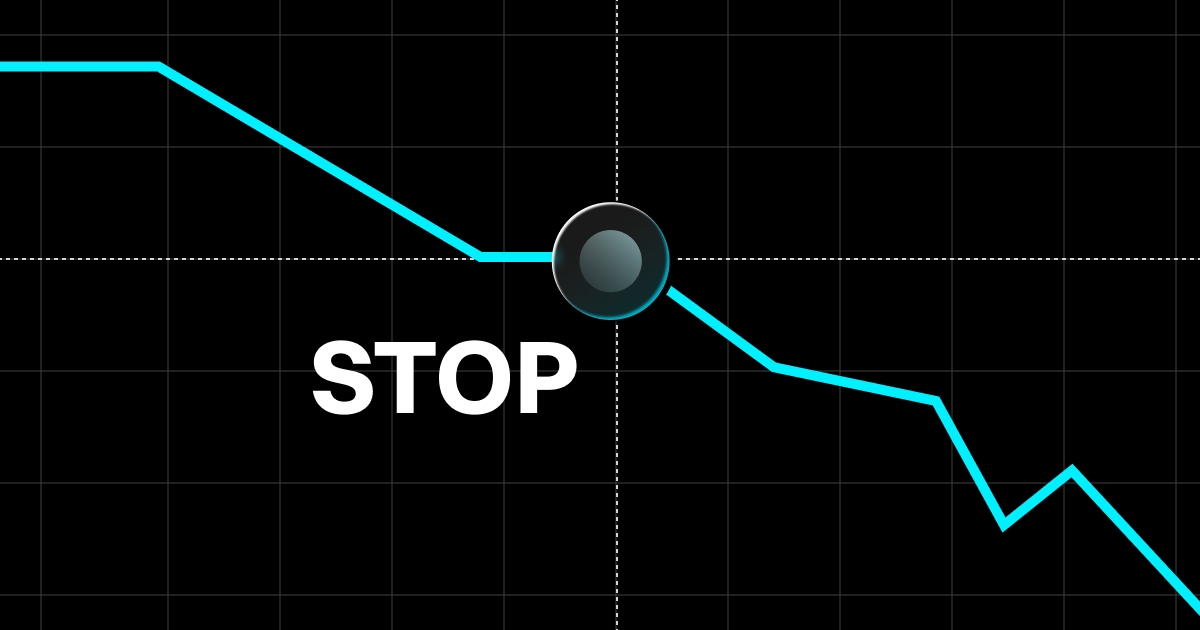
Mastering Bearish and Bullish Flag Patterns in Crypto Trading
In crypto markets, flag patterns provide a clear window into trend continuation. These formations capture moments of consolidation after a strong directional move, offering traders clues about potential breakouts or breakdowns. This article delves into both bullish and bearish flag patterns, explaining how to identify them and use them as tactical signals in your trading strategy.
Understanding Flag Patterns
Bullish Flag
A bullish flag is formed after a rapid upward move (the flagpole) followed by a brief, tight consolidation that usually trends slightly downward or sideways. This pause indicates that buyers are simply regrouping. A breakout above the consolidation zone confirms that the upward trend is likely to resume, presenting a buying opportunity.

Bearish Flag
Conversely, a bearish flag appears in a downtrend. It starts with a steep drop and is followed by a brief rally or sideways movement that forms a compact “flag.” Once the price falls below the flag’s lower boundary, it signals that selling pressure is set to continue, offering a chance to short or exit long positions.

Key Elements to Identify Flag Patterns
1. Price Action
Look for a strong, nearly vertical move (the flagpole) followed by a well-contained consolidation phase (the flag). Consistency in this pattern strengthens its predictive power.
2. Volume Dynamics
Volume typically surges during the initial move and then tapers off during the consolidation. A renewed spike in volume as the price breaks out or breaks down confirms the pattern.

3. Breakout/Breakdown Confirmation
For a bullish flag, a move above the upper boundary is the signal. For a bearish flag, a decline below the lower boundary confirms the trend. The height of the flagpole can then be projected from the breakout point to estimate the potential move.
However, in some cases, instead of breaking upward, the price breaks down sharply through the lower trendline. A failed retest of the broken flag — where the price is unable to reclaim the pattern — further confirms the breakdown and invalidates the bullish setup.

Trading Strategies and Risk Management
Entry and Exit
Enter trades only after the flag pattern is clearly confirmed, either through a breakout above the upper boundary (for bullish flags) or a breakdown below the lower boundary (for bearish flags). Jumping in too early, before confirmation, exposes traders to false signals and potential whipsaws.
To manage risk effectively, place a stop-loss just outside the consolidation zone below the lower trendline for bullish flags and above the upper trendline for bearish flags. This helps protect capital in case the pattern fails or the market fakes out before reversing.
Measured Moves
Once the breakout or breakdown is confirmed, use the height of the flagpole as a guide to project potential price targets. This “measured move” technique involves taking the vertical distance of the initial flagpole and projecting it from the point of breakout (or breakdown). It provides a realistic, structure-based profit target to help traders avoid overly optimistic expectations or premature exits.
Supporting Indicators
Flag patterns become more powerful when confirmed by additional technical tools.
Use moving averages to identify trend direction and dynamic support or resistance. Momentum indicators like the RSI or MACD can validate breakout strength — for instance, a bullish breakout supported by rising RSI adds confidence. Volume can also be telling: a spike in volume during breakout or breakdown supports the conviction behind the move, distinguishing real momentum from noise. Combining these elements helps filter out weak setups and improves decision-making.
Conclusion
Flag patterns are a potent tool in crypto trading, helping you pinpoint precise entry and exit points. By understanding the nuances of bullish and bearish flags—through price action, volume behavior, and breakout confirmations—you can add a refined, tactical edge to your trading approach. Mastering these patterns means turning moments of consolidation into profitable opportunities.
Disclaimer: The opinions expressed in this article are for informational purposes only. This article does not constitute an endorsement of any of the products and services discussed or investment, financial, or trading guidance. Qualified professionals should be consulted prior to making financial decisions.



